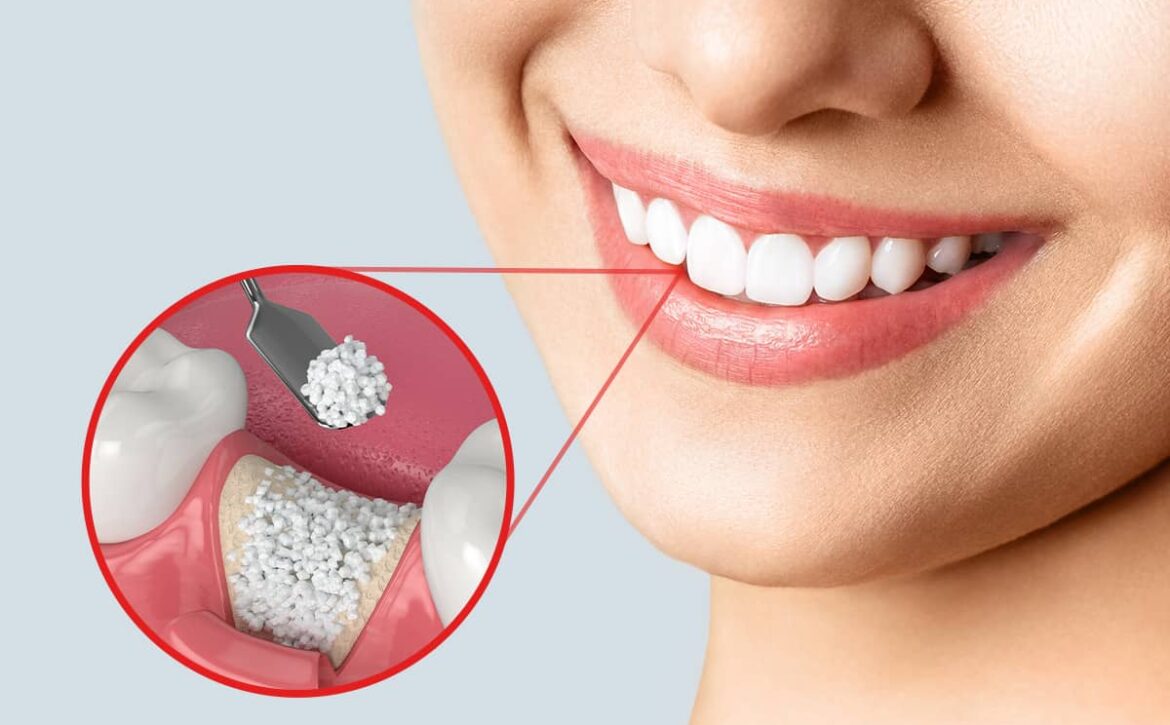4 types of dental fillings: How to know which one you should choose?
Visiting a dental office is not really so exciting, particularly if you notice cavities. Yet when you have cavities, going to the dentist is crucial and not just a choice—it’s the only choice to think about. In addition to preventing cavities, early detection can prevent your oral health situation from worsening.
The dentist will remove the decayed portion of the tooth and will then use dental fillings to fill the space. The cavity can be filled using conventional drilling or the most recent contactless laser cavity filling.
The idea that dental fillings are only used to treat cavities has caused some confusion. It is untrue; dental fillings can also be used to restore teeth that are worn down or fractured and repair cavities.
What type of fillings to choose?
Dental fillings come in a variety of varieties today. The dentist will let you know the most appropriate one for your situation. You might occasionally have a choice, but you might only sometimes, in which case you would have to follow the dentist’s recommendation.
The best course of action is to educate yourself on the various dental filling before beginning the procedure.
1. Silver Amalgam Dental Fillings
Although the name contains the word “Silver,” it is constructed of a combination of metals, including copper, tin, mercury, and silver. Mercury makes up half of the mixture; the remaining components comprise the rest. Because of its strength, durability, and affordability, this dental filling is the most popular and commonly utilized.
If properly cared for, silver amalgam fillings have been known to last ten years or longer. This is because they have demonstrated strength and can endure years of chewing pressure. Also, there are typically no worries about the filling becoming tainted with blood or saliva.
2. Composite Dental Fillings
Silica, plastic, glass quartz, and other ceramic particles are mixed with a resin foundation to create composite fillings. After the cavity is filled and the tooth is prepped, the filling is cemented into the void and dried under a solid blue curing light. The dentist will try to match the filling to the color of your teeth, though staining over time may cause the color to alter.
3. Glass Ionomer Dental Fillings
Dental fillings made of glass ionomer are composed of acrylic and a particular kind of glass substance. As the teeth are still changing, this filling is typically utilized on young children. Glass ionomers are different from ordinary tooth fillings in that they produce fluoride, which helps prevent additional tooth decay.
4. Gold Dental Fillings
These fillings are strong and long-lasting, lasting for many years. In addition, copper and other metals are alloyed with gold to create gold fillings. However, these fillings are only a few popular choices, as they are the most expensive.
Maintaining dental fillings
The lifespan of the various dental filling kinds has been discussed, but maintaining proper oral hygiene is necessary to ensure they stay that long.
Tell your dentist and seek additional treatment if you detect a piece of the filling is gone, or there is a break in the filling.
Do not ignore tooth decay symptoms if you have them. Contact us for additional details on how cavities could be fixed and what they can do to your mouth if they are not. In addition, our dental specialists will advise you on the best filling material, depending on your situation.
Conclusion
Tooth decay still affects many children and adults in America, despite improvements in oral cleanliness and care. In addition, tooth decay can result in more severe oral health issues, including access and failing teeth, if it is not promptly and adequately addressed.
This is why it’s crucial to visit your dentist frequently (about every six months for both adults and children), so they can look for indications of tooth decay as well as other dental health issues.





